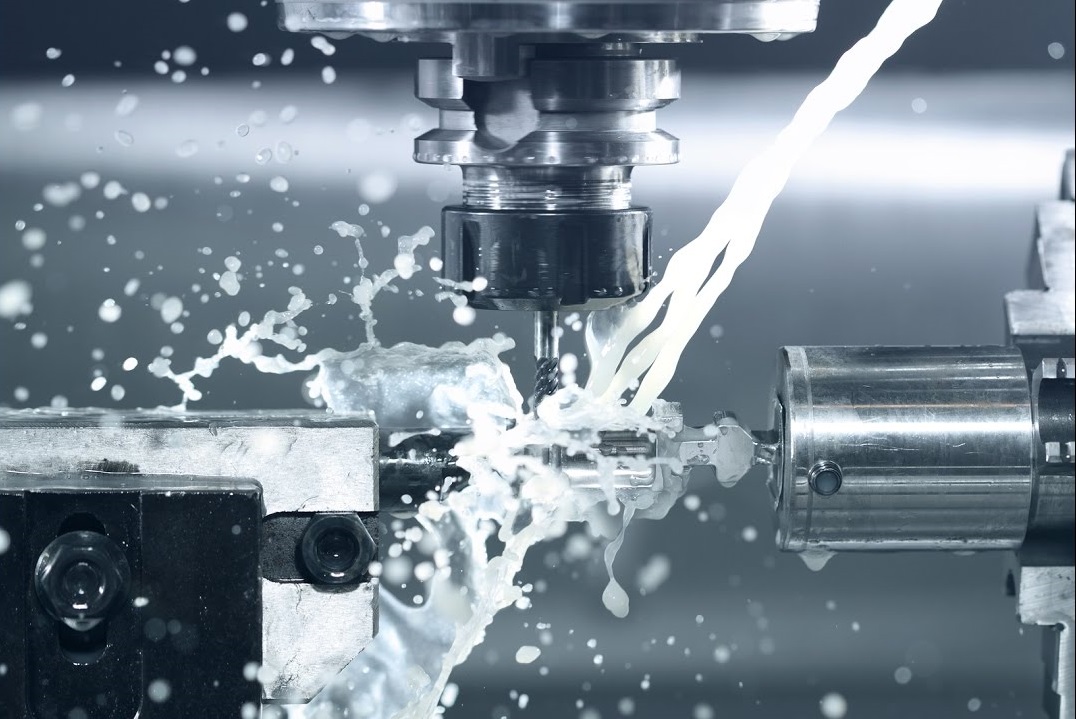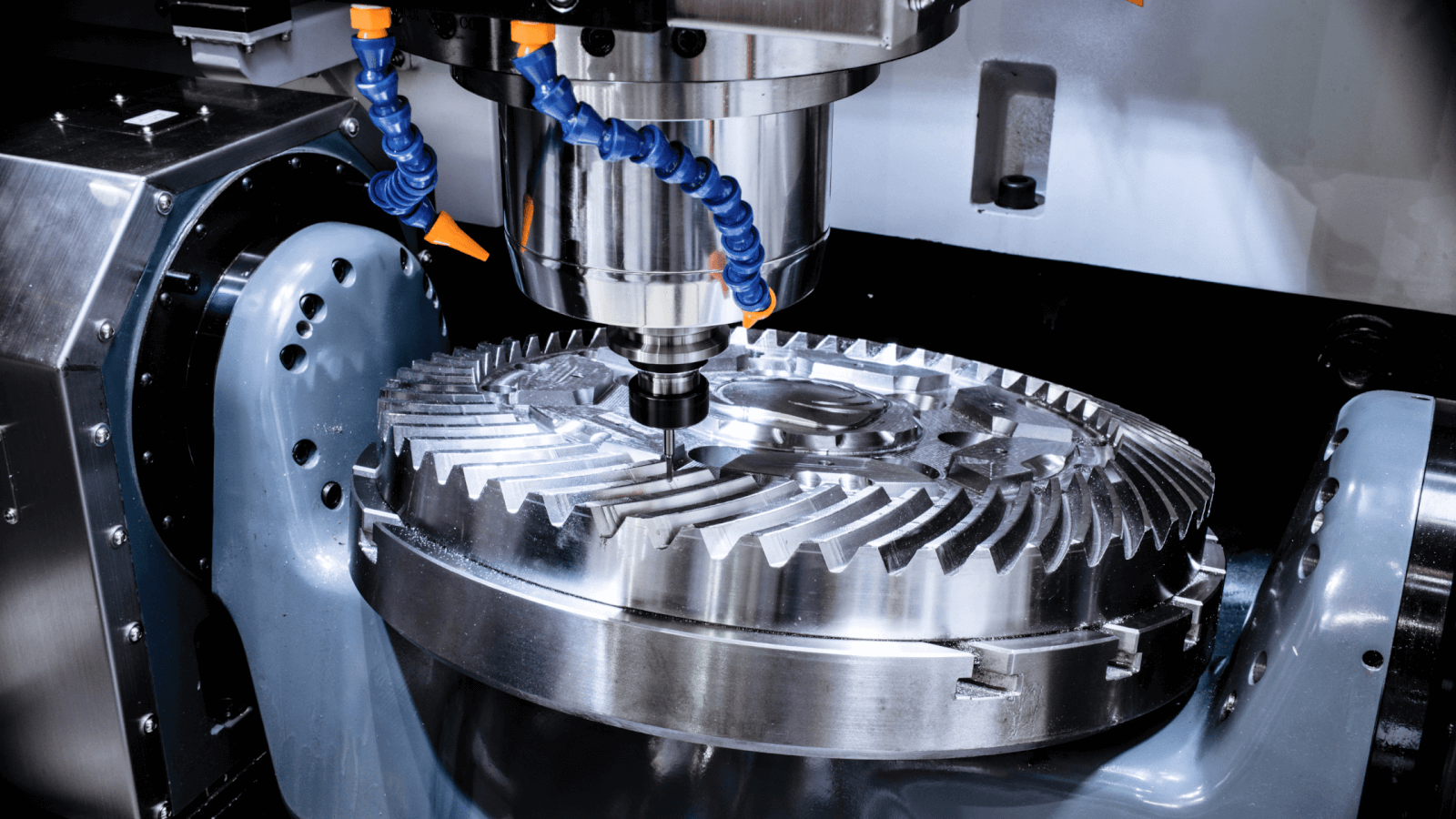In the realm of industrial machinery, proper maintenance is key to ensuring safety, efficiency, and longevity. A milling machine is no exception. How to maintain milling machine is a question that resonates deeply with industry QA professionals. This piece aims to delve into the best practices and techniques that will help you maintain your milling machine effectively.

Importance of Milling Machine Maintenance
Regular maintenance can prevent breakdowns, improve efficiency, and extend the life of your machinery. This translates to cost savings and increased productivity.
Daily Maintenance Routine
- Check for visible signs of wear and tear.
- Ensure that lubrication systems are functioning properly.
- Clean the machine’s exterior to remove dust and debris.
To learn about the basics of manual lathes for comparison, visit this manual lathes page.
Weekly Maintenance Tasks
- Inspect and clean the coolant system.
- Test the emergency stop function.
- Check the machines accuracy by performing a test cut.
Monthly Maintenance Procedures
Each month, it is crucial to perform a more thorough inspection. This includes:
- Checking all belts for wear and tension.
- Inspecting the spindle for any signs of damage or wear.
- Testing the software and control systems for errors.
To understand the different types of machining processes, refer to this detailed guide on types of machining.
Annual Inspection and Maintenance
A comprehensive annual check-up is essential. This should involve:
- Replacing worn-out parts and consumables.
- Recalibrating the machine to ensure precision.
- Updating software and firmware.
For insights into the common types of workholding devices, check this article on workholding devices.
Tools and Consumables for Maintenance
Always have the right tools and spare parts at hand. This includes:
- Lubricants and coolants
- Replacement belts and filters
- Cleaning supplies
Training and Certification
Ensuring that your team is well-trained is vital. Consider regular training sessions and certification updates. For a comprehensive overview of what a milling machine is, you can visit this external resource: what is a milling machine.
Technological Advancements in Milling Machine Maintenance
Modern technology offers various advanced tools and software for predictive maintenance, which can help in identifying potential issues before they manifest into significant problems.
Remote Monitoring Systems
These systems allow operators to monitor machine performance in real-time, thereby improving efficiency and reducing downtime.
Common Issues and Troubleshooting
Regular inspection can help in identifying common issues such as:
- Vibration and noise
- Inconsistent cutting
- Software errors
Addressing Vibration Issues
Vibration can often be a sign of misalignment or worn-out bearings. Regular checks can help in early identification and resolution.
Environmental Factors
The working environment can significantly impact the performance of a milling machine. Factors such as temperature, humidity, and cleanliness should be constantly monitored.
Maintaining Safety Standards
Always prioritize safety by ensuring that all guards and safety features are functioning correctly and that operators are using PPE (Personal Protective Equipment).
Resource Management
Effective resource management, such as efficient use of lubricants and coolants, can help in reducing waste and improving machine performance.
Case Studies
Reading about real-world applications and success stories can provide valuable insights. For example, the impact of CNC machines on traditional machining processes is described in this CNC vs. traditional guide.
Conclusion
Proper maintenance of a milling machine is not just about following a set routine but understanding and diagnosing any potential issues before they become major problems. With these tips, you are well on your way to achieving a seamless and efficient milling process.

FAQs
What are the key daily maintenance tasks?
Daily tasks include checking for wear and tear, ensuring lubrication, and cleaning the machine’s exterior.
How often should a comprehensive maintenance check be done?
A comprehensive check should be performed annually, including parts replacement and recalibration.
Why is training important?
Training ensures that your team is well-equipped with the latest knowledge and skills needed for effective machine maintenance.